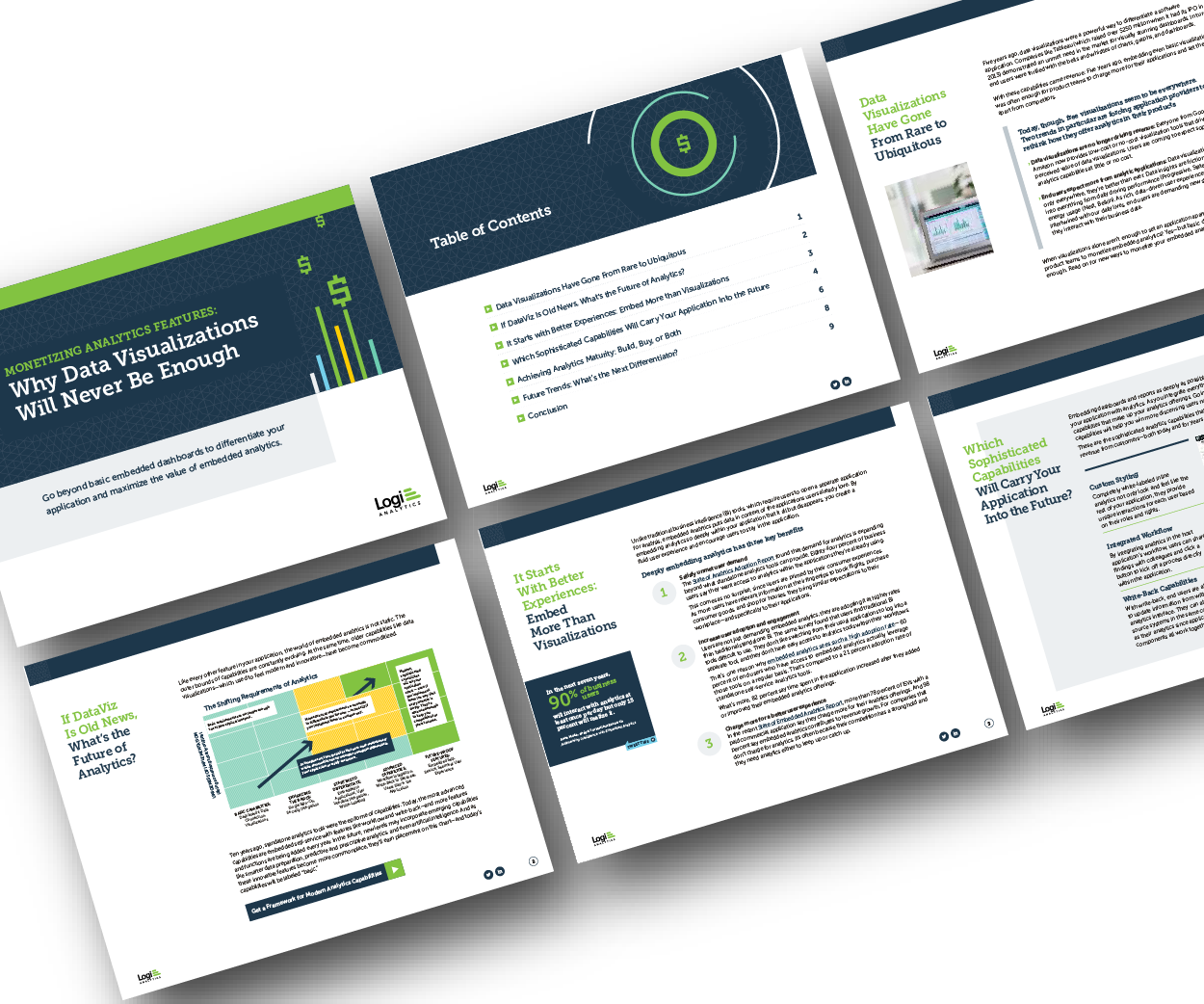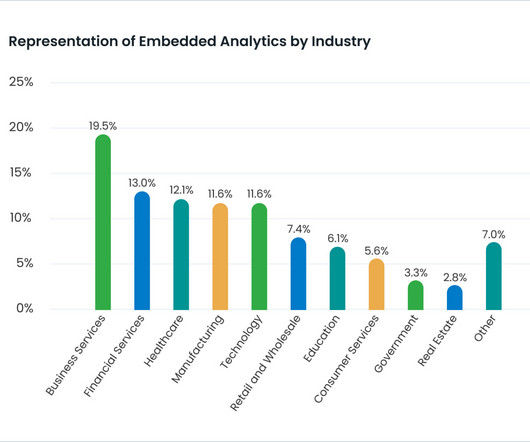The future of data: A 5-pillar approach to modern data management
CIO Business Intelligence
DECEMBER 11, 2024
We are all familiar with the theory of evolution, where the Earth began as a rocky planet and eventually teemed with life. A similar transformation has occurred with data. More than 20 years ago, data within organizations was like scattered rocks on early Earth. The choice of vendors should align with the broader cloud or on-premises strategy.





















Let's personalize your content